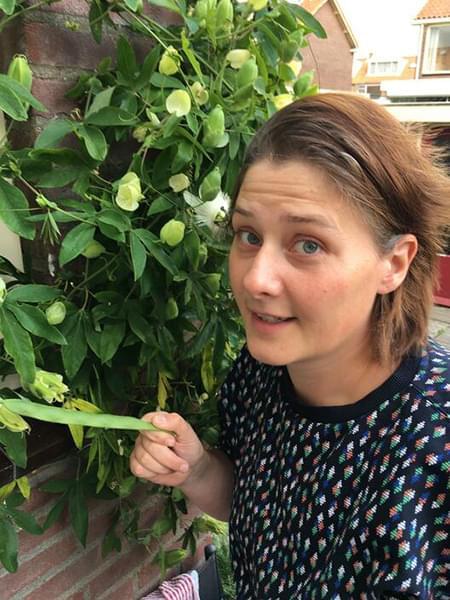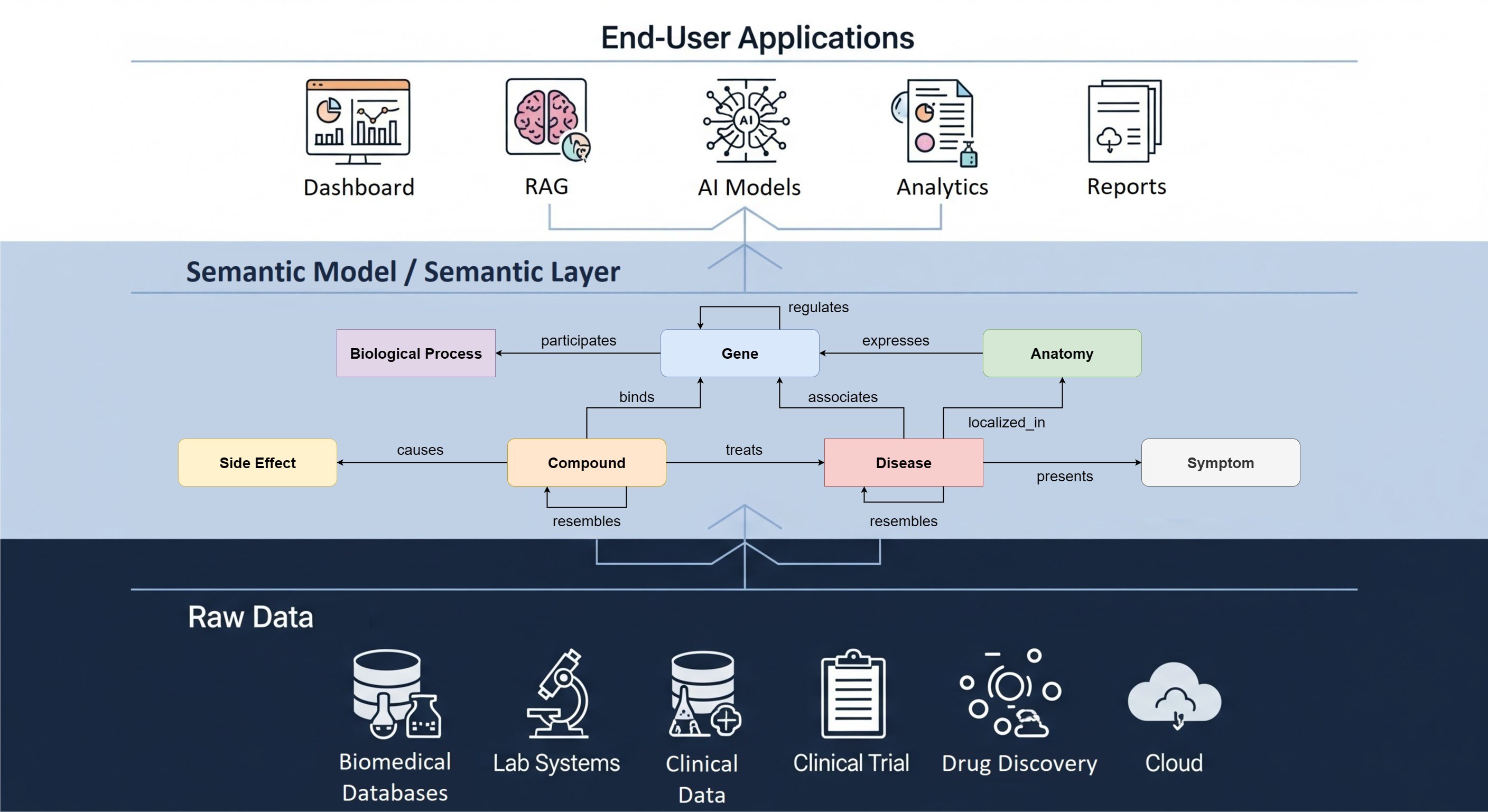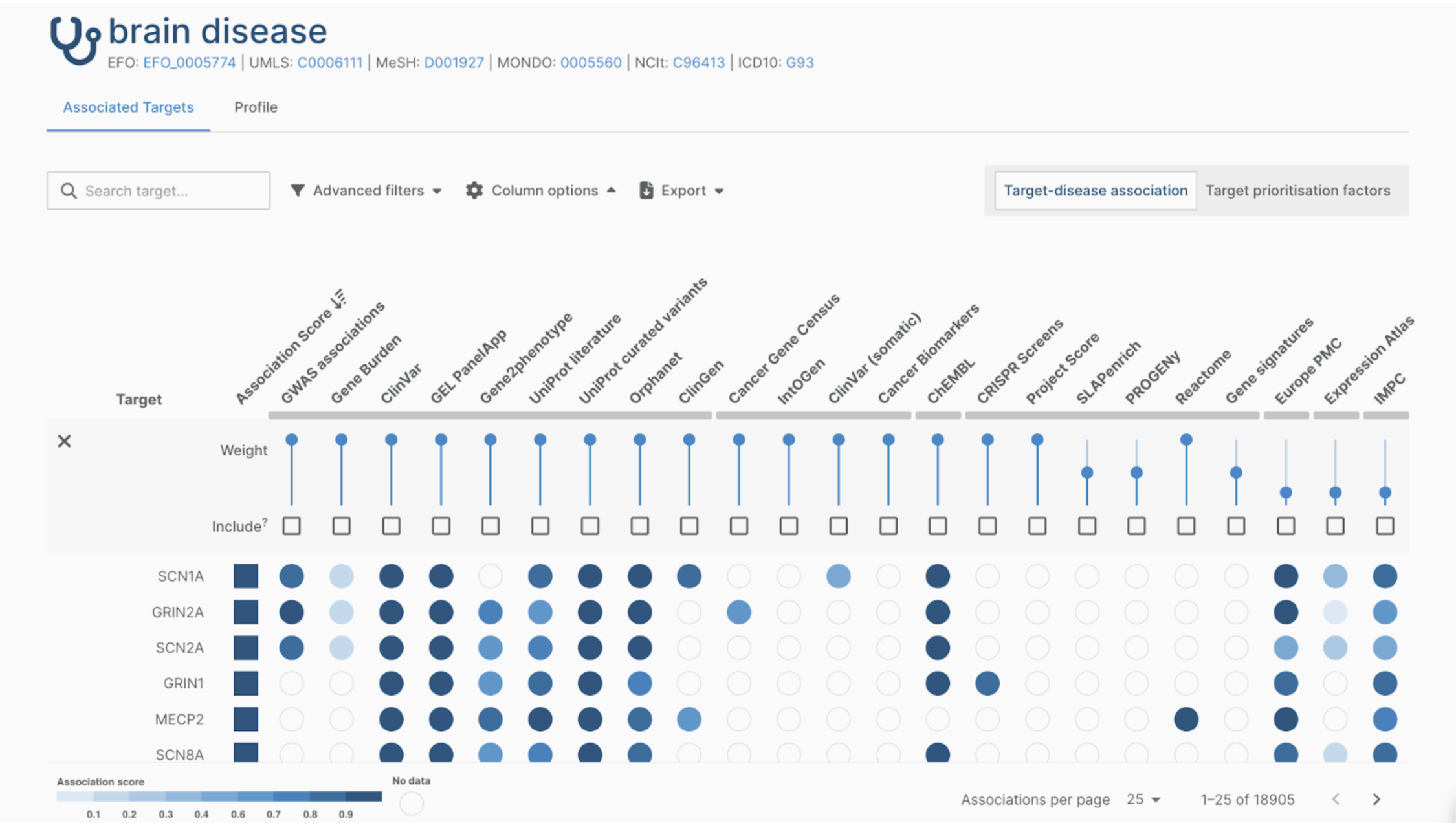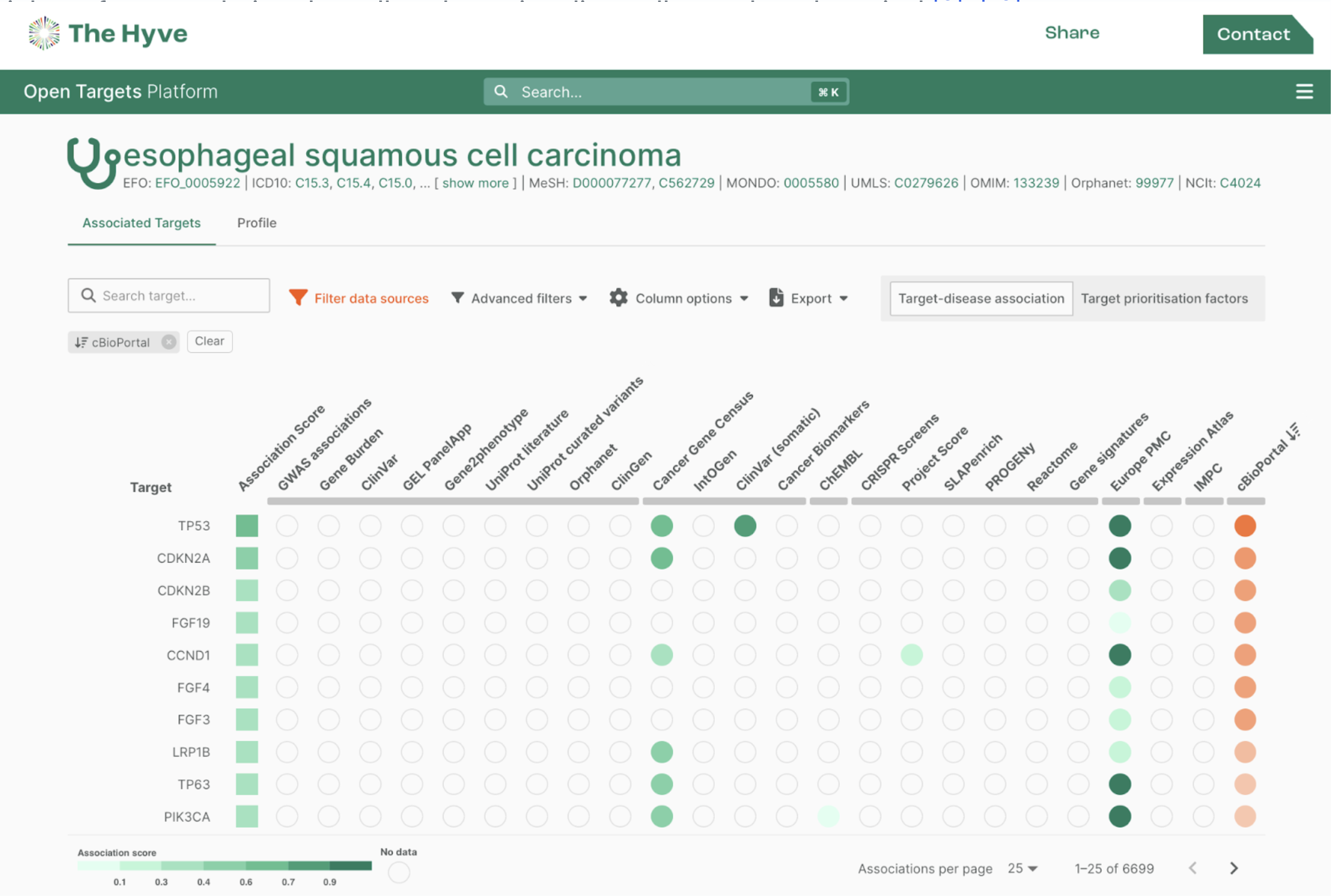Meet Julia Kurps (35), leader of The Hyve’s Real World Data team.
She joined the company in February 2016 as a business analyst and grew into project management and the role of team lead. Her focus is mainly on the wearables platform RADAR-base and the development of The Hyve’s Real-World Data Strategy. After hours, there is a fair chance you’ll find Julia in her garden, pruning bushes, planting flowers, or harvesting vegetables.
Can you tell me about your background?
I did a Bachelor and Master in Chemistry in Germany. After that, I studied in Sweden for a while as part of the Erasmus project. It made me realize I really liked to go abroad. I’ve always had an interest in Neurosciences, the field that studies the brain and neurodegenerative diseases such as Alzheimer’s and other forms of dementia. That’s why I decided to apply for the Master program Neurosciences at the Free University (VU) in Amsterdam, during which I was offered a position as a PhD candidate. After finishing my PhD, I started looking for a job outside of academia because I wanted to work in a more fast-paced environment where you see results on a day-to-day basis.
How did you get to know The Hyve?
I heard about The Hyve via acquaintances working in the software sector and wanted to see if the company might suit me and what my role could be. So, I sent in an open application. The Hyve was at that time looking for someone who could perform a business analysis for an Ebola-related grant project. They trusted that with my scientific background I would be able to interact effectively not only with scientists, but also with people in the pharmaceutical industry. Besides, I needed to be able to understand the IT-side and the scientific side as I would effectively be linking these two worlds together.
What do you do at The Hyve?
After my first assignment as a business analyst, I took up project management tasks within the IMI RADAR-CNS project. This project involved the development of RADAR-base, the open source wearable platform for remote collection of patient data. The RADAR-base developers are part of the Real World Data team. Other services we provide with the team include data conversions to the OMOP Common Data Model (CDM) for observational data storage and the OHDSI tools used for analysis of medical data collected in the real world: in hospitals, by general practitioners (GPs) and through health insurance claims.
One of my tasks as a team lead is to create the bigger picture and develop a strategy for the Real World Data division. We focus on bringing together data that is generated on a day-to-day basis by patients themselves and observational medical history data. Using this approach we can leverage already available data to improve health outcomes and take major steps towards personalized medicine. Technically this is all feasible, but we need to collaborate closely with patients and clinicians to identify medical relevant outcomes.
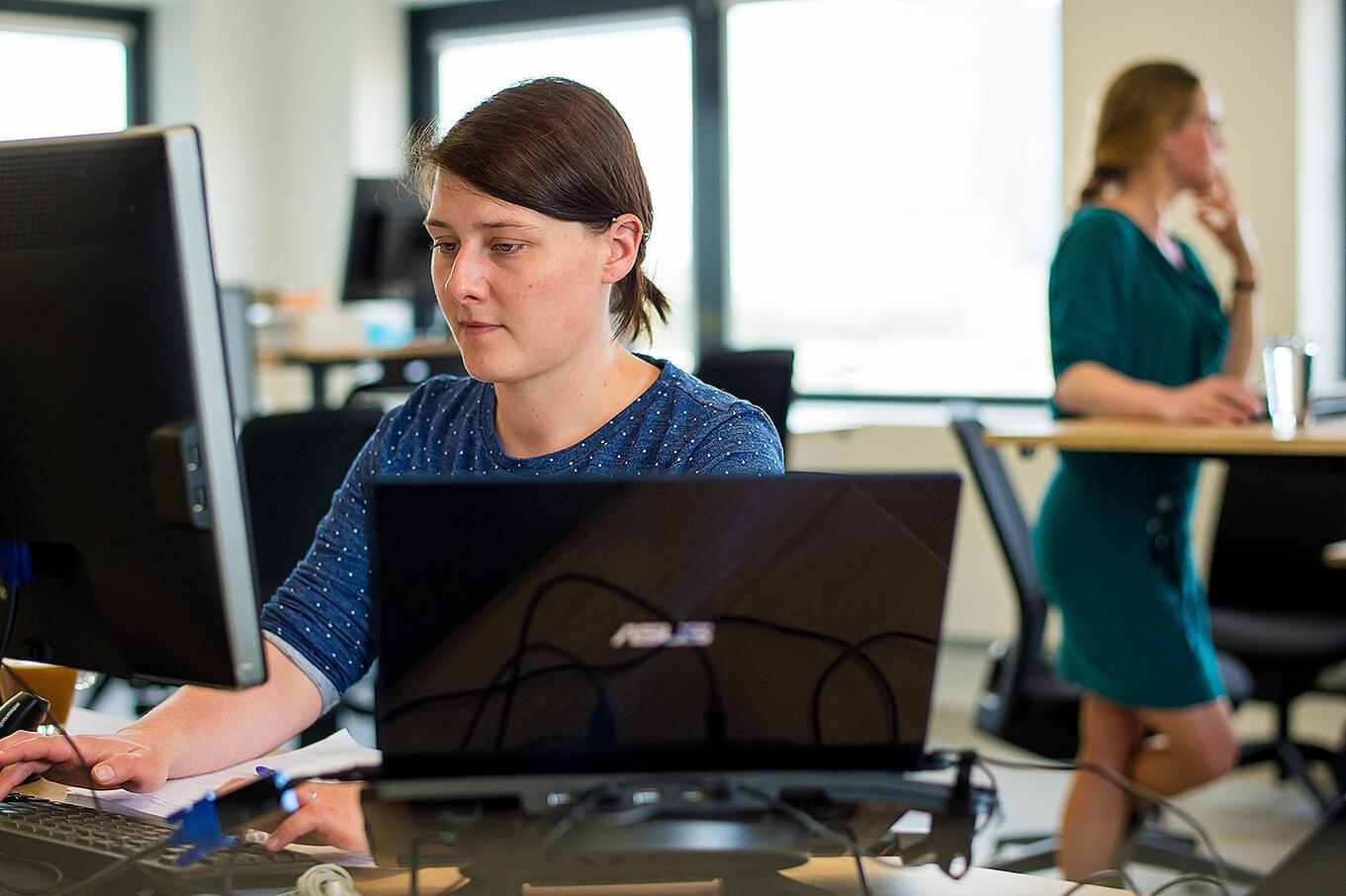
Another challenge we’re currently addressing is how to combine patient data collected in hospital EHRs and data generated by patients in their normal environment. A second challenge regarding the RADAR-base platform is the question how to keep patients motivated to contributing their data. Therefore, we engage with patient groups and key users to identify incentives for compliance, such as feedback or gamification mechanisms.
As a team lead, my task goes beyond making sure that everything runs smoothly. I’m also there to stimulate and support my team members in their personal development. Identify what their strengths are, where there is room for improvement, and what skills they are insecure about. Evidently, this takes up quite a bit of my time, but is essential for an open and stimulating work environment.
What do you like about your work at The Hyve?
What we do, is pretty innovative and forward-thinking. We try to provide services that not only help scientists, but patients as well. The patients collecting data may not always benefit directly, but these studies will at least benefit future patients with the same condition.
The Real World Data team at The Hyve often contributes to public-private partnership projects, which means I’m interacting with a variety of stakeholders: medical specialists, scientists, IT-experts, patients, regulators and people from the pharmaceutical industry. Those projects always start off as quite challenging, since you need to make sure everybody is on the same page, but at the end the joined effort leads to outcomes with great impact.
Can you mention any exciting developments in your field?
There is a movement to develop alternatives to randomized-controlled trials at clinical sites: classical studies including groups of healthy volunteers or patient and control groups which often require lots of resources. One issue with this approach is that the groups don’t fully represent the patients that will receive the treatment in the real world. We really see the value of collecting data and learn about the effect of medication and treatments after a treatment comes to market.
Pharmaceutical companies invest a lot of time and money in clinical trials. The same can be said for study participants: visits to hospitals or other clinical sites, filling in questionnaires, et cetera are a significant burden for them. Collecting research data at home can help lower this burden for participants, while the company continues to benefit from the collected data. Besides, apps allow you to present participants with more personalized questionnaire, only asking them questions that apply to their situation. Or you could send them feedback and notifications to help improve compliance. I really think such remote, decentralized clinical trials are the future.
What do you like to do when you're 'off-duty'?
I enjoy spending time with our two-and-a-half-year-old boy. When there’s time left, I like to listen to audiobooks or work in the garden. The work in the office often requires a lot of mental effort, so it’s nice to get out in the vegetable garden and do some more physical work. You have to work with nature and make the best of the conditions you are faced with and whatever there’s left for you to eat is extra tasty.
